Red-cedar
Scientific Name: Juniperus virginiana
Family: Cupressaceae (cypress family)
Overview: Because of their abundance and weedy nature in the wild, these trees were once
among the most commonly available Christmas trees in North America before Christmas tree farms, when trees were mostly cut
from the wild. They are now hard to find as
Christmas trees except at tree farms and nurseries where they can be common. These trees naturally
have the ideal tight, conical and full form of the quintessential Christmas tree without all
the pruning typically given to other species by Christmas tree growers.
Fun Facts: The wood is used for the production of cedar oil, cedar chests and fence posts. Historically the wood was the primary choice for pencils in the American pencil industry. 18th century French Acadian settlers in Louisiana found an abundance of this tree there and named their capital, Baton Rouge (French for "red stick") after this tree and its red heartwood. The fleshy blue or
grayish cones of its close relative, the common juniper, are used to flavor gin.
Etymology: "Cedar" is a common name given to various conifers with aromatic wood, and this species is called
"red-cedar" in particular because of its red heartwood. The genus name, Juniperus, is Latin for "juniper."
Virginiana in its scientific name refers to it being known by early botanists during the American Colonial
period to come from the area of "Virginia." Today we know that the species ranges far beyond the confines
of the US state of Virginia.
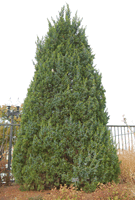
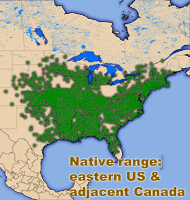
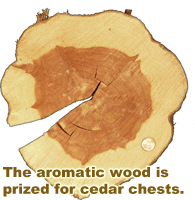
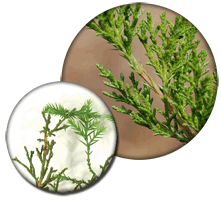
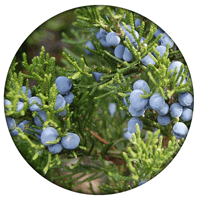
|